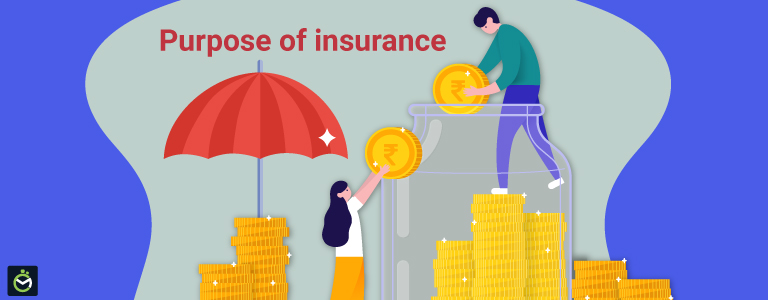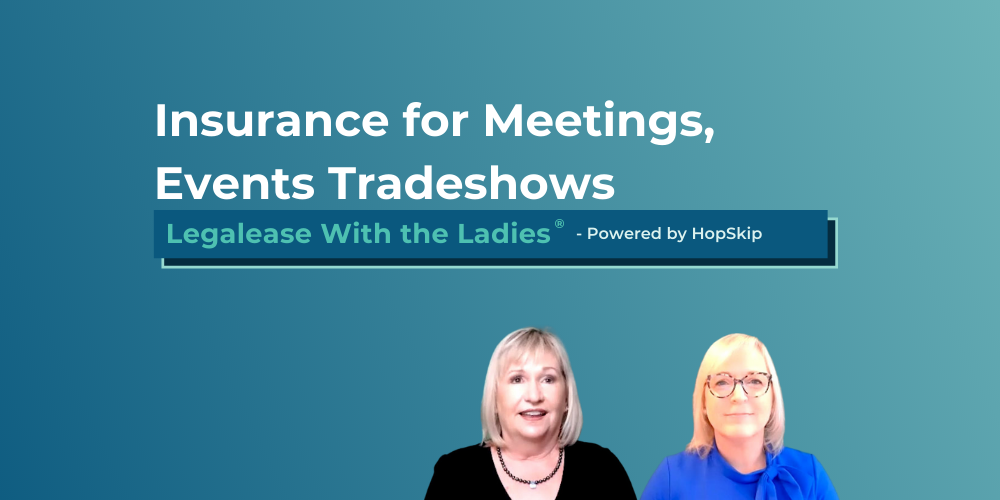The Ultimate Guide To Pacific Prime
Wiki Article
Rumored Buzz on Pacific Prime
Table of ContentsSome Known Questions About Pacific Prime.Little Known Questions About Pacific Prime.Pacific Prime for DummiesThe Single Strategy To Use For Pacific Prime
In a lot of states, the insurance provider is required to send you a copy of the changes to your plan. It is very important that you read Endorsements or Riders so you understand just how your plan has actually altered and if the plan is still appropriate to satisfy your demands. To get a copy of your insurance coverage, please contact your insurance representative or company.
The Institute of Medication (IOM) Board on the Repercussions of Uninsurance launches a prolonged examination of proof that addresses the significance of wellness insurance policy coverage with the publication of this report. Protection Issues is the very first in a collection of 6 reports that will be released over the next 2 years recording the reality and effects of having actually an approximated 40 million people in the USA without medical insurance protection.

Indicators on Pacific Prime You Should Know
The objective of this collection of studies is to refocus policy interest on a historical trouble. Following the longest financial development in American background, in 1999, an approximated one out of every 6 Americans32 million adults under the age of 65 and greater than 10 million childrenremains uninsured (Mills, 2000).
10 percent of the populace make up 70 percent of healthcare expenses, a correlation that has actually remained constant over the past three years (Berk and Monheit, 2001) - group insurance plans. Thus health and wellness insurance coverage remains to offer the feature of spreading out risk also as it significantly funds regular treatment. From the perspective of healthcare service providers, insurance coverage brought by their individuals assists safeguard an earnings stream, and areas gain from economically sensible and stable health treatment experts and establishments
Federal government gives health and wellness insurance coverage to populations whom the private market may not offer successfully, such as handicapped and elderly persons, and populaces whose accessibility to health care is socially valued, such as youngsters and expectant females. The utmost ends of health and wellness insurance protection for the private and neighborhoods, including office neighborhoods of employees and companies, are enhanced health and wellness outcomes and top quality of life.
Getting My Pacific Prime To Work
Staff members rank wellness insurance coverage initially without a doubt in relevance among all the advantages offered in the work environment (Salisbury, 2001). There have been substantial investments of individual and public funds to provide wellness insurance, several people still have no insurance coverage. Despite comprehensive coverage of study findings and healthcare research results, the public stays overwhelmed and misinformed about Americans without health and wellness insurance and the implications of lacking protection.
Without question, the complexity of American healthcare funding mechanisms and the wide range of resources of information add to the public's confusion and apprehension about medical insurance stats and their interpretation. This report and those that will comply with purpose to distill and present in readily reasonable terms the substantial research study that births on concerns of medical insurance coverage and its significance.
Fifty-seven percent of Americans surveyed in 1999 believed that those without health insurance are "able international health insurance to get the treatment they require from medical professionals and health centers" (Blendon et al., 1999, p. 207). In 1993, when nationwide interest was concentrated on the problems of the uninsured and on pending wellness treatment regulations, just 43 percent of those polled held this belief (Blendon et al., 1999).

They additionally get fewer preventive solutions and are less most likely to have routine look after persistent problems such as hypertension and diabetes mellitus. Persistent diseases can bring about costly and disabling problems if they are not well taken care of (Lurie et al., 1984; Lurie et al., 1986; Ayanian et al., 2000). One national survey asked more than 3,400 adults about 15 very severe or morbid problems.
The 5-Minute Rule for Pacific Prime
Extra proof is offered later in this chapter in the discussion of insurance coverage and accessibility to health care. https://www.intensedebate.com/profiles/pacificpr1me. People without medical insurance are young and healthy and balanced and choose to do without coverage. Nearly fifty percent (43 percent) of those checked in 2000 thought that people without medical insurance are more probable to have illness than individuals with insuranceCitizens and policy manufacturers in focus team discussions define those without insurance coverage as youngsters who have the chance to be covered and feel they do not require it (Porter Novelli, 2001). Contrasted to those with at the very least some personal coverage, the uninsured are less likely to report being in exceptional or very great health and wellness (Agency for Medical Care Research and Quality, 2001).
SOURCE: Center for Expense and Financing Research Studies, Agency for Health Care Research and Top quality, based upon MEPS data. Youthful grownups in between 19 and 34 are far a lot more most likely to do not have medical insurance than any other age. This is chiefly due to the fact that they are much less frequently eligible for employment-based insurance policy because of the nature of their task or their short tenure in it.
The assumption that individuals without insurance have better-than-average health follows from perplexing the reasonably young age profile of the without insurance with the better wellness, on standard, of more youthful individuals. This obscures the link between health and wellness condition and wellness insurance policy. For those without accessibility to work environment medical insurance, inadequate health is a potential barrier to acquiring nongroup coverage because such coverage might be extremely valued, omit preexisting problems, or be simply not available.
Report this wiki page